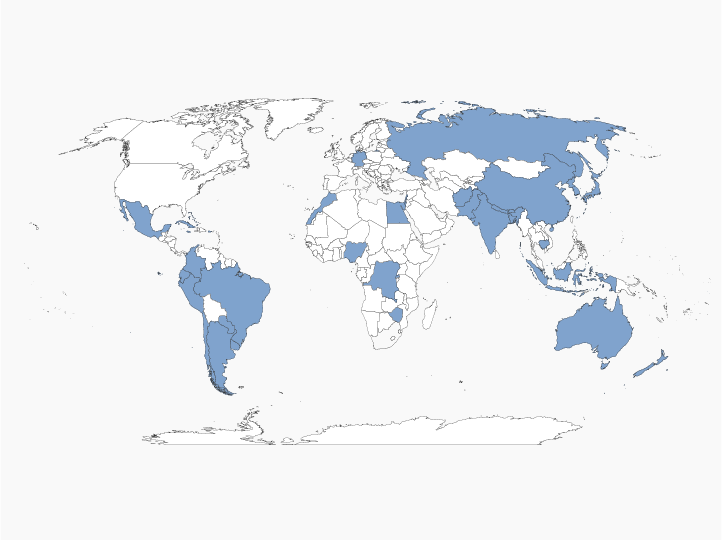

In Spring of 2021, 26 students – advanced undergraduate and graduate students – participated in an intensive, collaborative seminar on understanding and expanding reproductive justice. Led by BIPOC women, reproductive justice is a social justice movement fighting for the human right to have children, not have children, determine one’s own birthing options, and create the social, political, and economic conditions necessary for these rights to be guaranteed to all.
From the racist origins of gynecology outlined in Medical Bondage: Race, Gender, and the Origins of American Gynecology, to the staggering disparities in maternal health outcomes for Black women, reproductive justice as a tradition of scholarship and storytelling centers on the voices of Women of Color who have historically experienced reproductive and sexual injustice, and continue to do so today.
However, there’s work to be done in expanding reproductive justice, particularly for queer, trans, and intersex bodies, and for reproductive health and rights to be applied on a global scale. This is a daunting task – and one that even the icons of the reproductive justice movement, like Loretta J. Ross, approached with humility. As Ross and other members of the SisterStrong Women of Color Reproductive Health Collective put it: “The key benefits [of making connections between reproductive health in the U.S. and global women’s movements] will come from not what we offer women in other countries, but what we have to learn, specifically in the application of economic, social and cultural human rights to our organizing to address the issues faced here at home” (Ross, 2006).
“This mindset of humility - that we have so much to learn about the meaning of reproductive justice from others in different cultural and intersectional contexts – is how I approached the difficult pedagogical implications of having students work to expand reproductive justice on a global scale in our class,” explained the instructor, Patrick Arnold.
The global reproductive justice project was the main collaborative product of the course, and involved dividing students into teams that were charged with researching and reporting on reproductive justice within different global regions. Crucially, though, it was up to each team to then figure out how to divide their region, and how to define reproductive justice in a way that does not involve an imperialist, American-centric framework imposed on others. After looking at case studies as well as hearing from guest speakers - such as the medical scientist Dr. Parnian Kheirkhah, who spoke to the class about understanding reproductive and maternal health outcomes in Iran – teams worked in Zoom breakout rooms over multiple class periods to define and then start to research questions like: What would reproductive justice mean in, say, a South Asian context, and how do we center local voices in how we collect data to inform that research? In the following two weeks, student teams then presented their collective findings.
“The hardest part about this project wasn’t actually giving the presentation, but all of the decisions we had to make as groups over how to approach it. From what countries and facets of reproductive justice we would cover to how to find sources that actually represented people’s experiences in their own cultural contexts, the process is where I learned the most,” shared Ginny Lindberg, a student in WS491.
In total, the class covered a half-dozen issues relevant to reproductive justice – from maternal health outcomes to sex education policy to access to abortion and contraception.
“I was incredibly impressed with how thoughtfully each team defined reproductive justice within their regional contexts – but what I was not expecting was just how incredibly thorough and well-researched their final products would be,” reflected Patrick.
The final collection of presentations resulted in a 191-page product covering 37 countries and using over a hundred sources of research and data to inform these results. Download the complete document of global reproductive justice presentations [pdf].
Crowd-sourcing this massive project, the WS491 students epitomized GenCen’s focus on gender in global contexts and pushed the boundaries of your typical class project to create this snapshot of global reproductive justice.
Written by Patrick Arnold and Ginny Lindberg
Edited by Alison Shereda